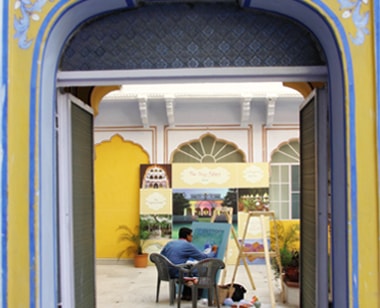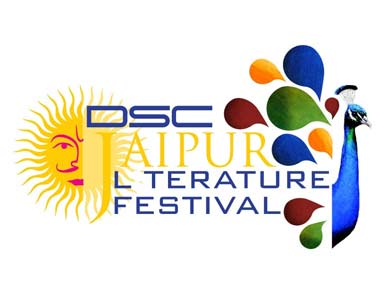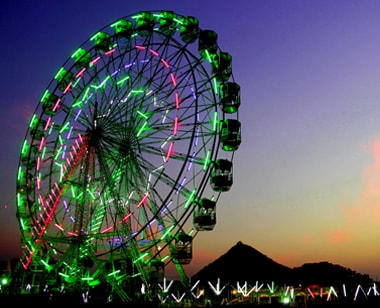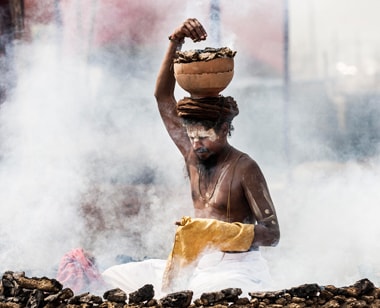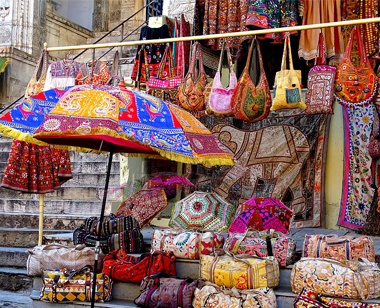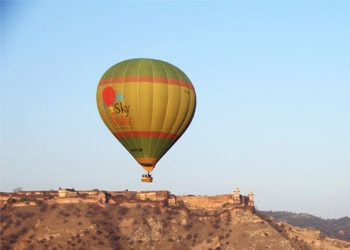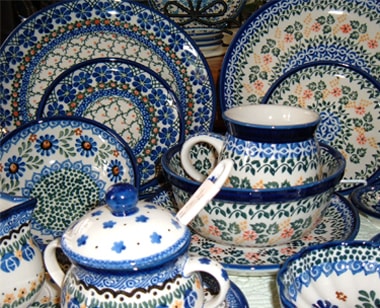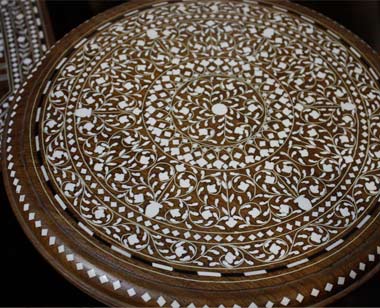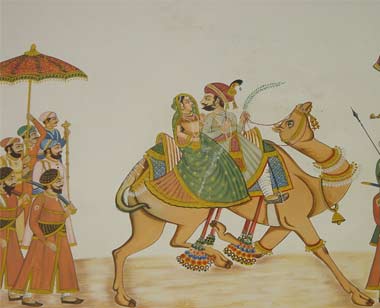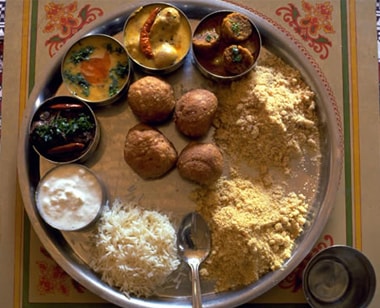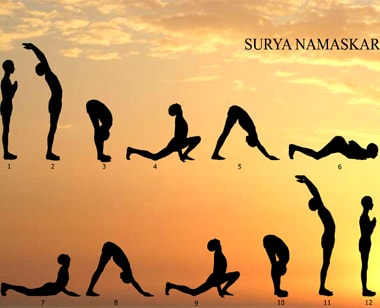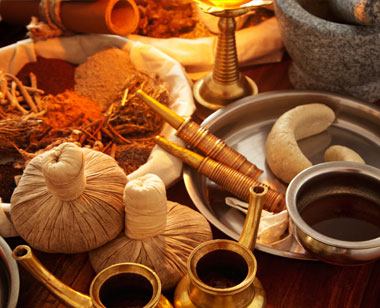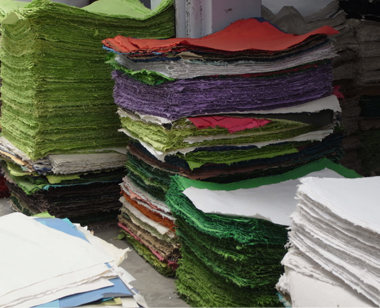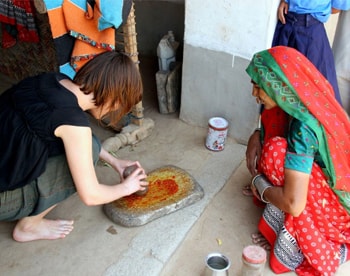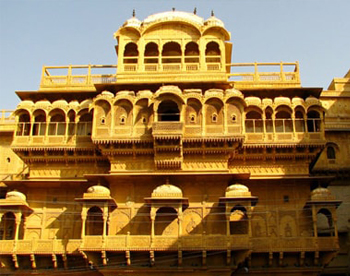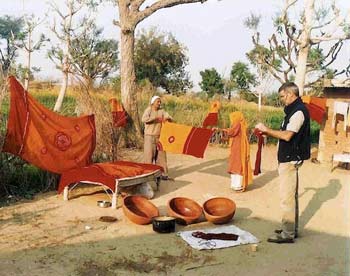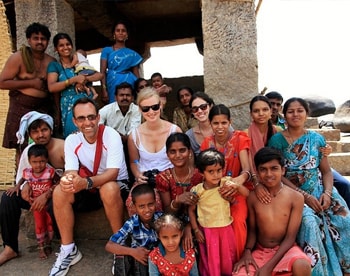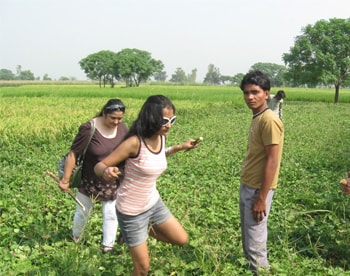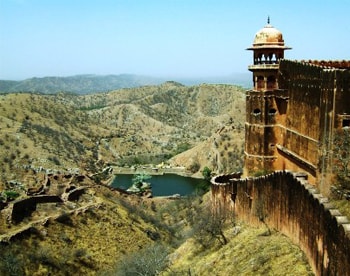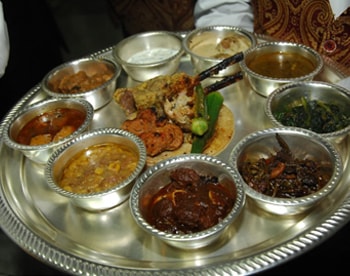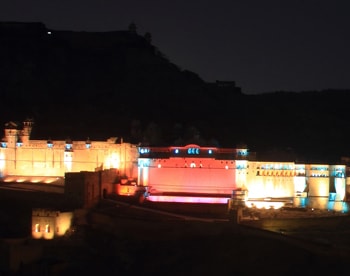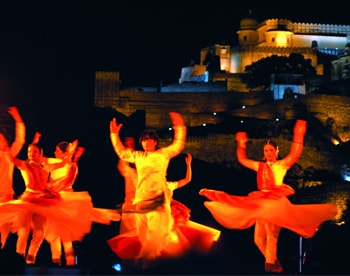Sawai Madhopur is originally called Madhopur, is a significant and beautiful district of Rajasthan is full of histories and legends. The main tourist attractions in Sawai Madhopur are the famous Ganesha Temple, the Chamatkar temple, the Ranthambore Fort and the Khandar Fort. The places around Sawai Madhopur are also thick with historical ruins. Sawai Madhopur have the famous national park of Ranthambore. This Park has a rich population of wild birds and animals including Indian tiger, which are the main tourist attractions in Sawai Madhopur.
Amareshwar Mahadeo Temple
Amareshwar Mahadeo Temple is On the way to Ranthambore National Park, nestled a midst the high hills is the sacred Amareshwar Mahadeo temple. This is a famous picnic spot in Sawai Madhopur.
Chamatkar Temple
Chamatkar Temple is One of the most well known pilgrimage site for Jains all love the world, the Chamatkar Temple in Sawai Madhopur is one of the most famous Jain Temples in the city. The temple is situated only at a distance of about 2 km from the city center. Devotees from all over are drawn to the Chamatkar Temple because of their staunch faith in the powers of worship that can fulfill all their desires and aspirations. The Chamatkar Temple has been named so because of a number of fascinating miracles that were linked to its foundation.
Chauth Mata Temple
Sawai Madhopur is famous for some of the most beautiful temples located in exquisite natural surroundings. These temples are also religiously significant and visited by many devotees and worshippers. Such a prominent temple is the Chauth Mata Temple in Sawai Madhopur, located almost 35 kms from the city. The Chauth Mata Temple is located on a hilltop which is reached by a long flight of stairs. Chauth Mata, the main deity of the ruler of this place gives blessings to the hundreds of religious and casual visitors visiting the temple in Sawai Madhopur.
According to legend, The Chauth Mata temple was built by Maharaja Bhim Singh, who brought the idol of Chauth Mata from a place called Panchala, 15 kms from Bharwada and placed it on top of the hill. The place thus came to be known as Chauth Ka Bharwada. The temple was built on the area. The Chauth Mata Temple also has a beautiful idol of Lord Ganesha and Lord Bhairav in the main area.
The architecture of the Chauth Mata Temple resembles the Rajputana style and involves an impressive usage of white marble. There are beautiful carvings on the walls, pillars and the ceiling of the temples. The visitors here can see a bird’s-eye view of the meadows and the beautiful landscapes.
Kala Gaura Bhairav Temple
The Kala Gaura Bhairav Temple is an unique temple of Sawai Madhopur is located in the heart of the city, established by wedging out a hillock. This is one of the few temples that still practices ‘tantrik kriyas’.The Kala Gaura Bhairav Temple is considered to be a holy place of worship where the wishes and dreams of the worshippers come true.
Kala Gaura Bhairav Temple belongs to two Bhairav brothers, Kala Bhairav and Gaura Bhairav. Their idols are placed inside the main temple area.
The idols of Bhairav at the Kala Gaura Bhairav Temple are kept inside the temple in contrast to the fact that they are placed at the entrance in most of the other temples. Apart from the idols of the Bhairava brothers, the Kala Gaura Bhairav Temple also has idols of Lord Ganesha, Lord Shiva and Goddess Durga kept inside the temple premises.
Khandar Fort
Khandar Fort is very ancient fort located in Khandar Tehsil, Sawai Madhopur district. There are seven temples within the fort. There is an old Jain temple which displays an exquisite work of carved rock idols of Jain Gurus. There is also a Hanuman temple with a single stone idol of Lord Hanuman with a demon under its feet. The other temples at the Khandar Fort are Chaturbhuja Temple, Gobind Devji Temple, Jagatpalji Temple, and Jayanti Mata Temple.
Chaturbhuja Temple houses an impressive idol of the four armed God. An annual fair is held at the Jayanti Mata Temple. There is also the beautiful Rani Temple of the Khandar Fort located on top of the highest platform of the fort and perhaps the most magnificent part of the Fort. There are so many damaged sculptures are here.
Other attractions at the Khandar Fort are the two huge water tanks of Ramkunda and Laxmankunda. Seven small ponds are also there but due to lack of maintenance, only four ponds are clearly visible. Narsingha Dhar is a picnic spot within the fort, where water flowing from the rocks provides a spectacular sight to tourists
Padam Talao
This is the largest of the all the lakes located inside the park, and the beautiful red sandstone Jogi Mahal is located at the very edge of this lake. A gigantic banyan tree, considered to be India’s second largest, is near the lake.
Rameshwaram Dham
60 kms. from Sawai Madhopur on the onfluence of Banas and Chambal river is Rameshwaram. It has a beautiful Shiva temple where a fair is held annually on Shiv Ratri.
Ranthambhore (sawai Madhopur)
Ranthambore National Park or Ranthambhore is one of the largest national parks in northern India, covering an area of 392 km². It is situated in the Sawai Madhopur district of southeastern Rajasthan, about 110 km northeast of Kota and 160 km southeast of Jaipur, which is also the nearest airport. The nearest town and railway station is at Sawai Madhopur, about 11 km away. The park is also close to the Kota railway station. RIDCOR operates a mega-highway between Kota and Ranthambhore. Ranthambore National Park lies at the edge of a plateau and is bounded to the north by the Banas River and to the south by the Chambal River. It is named after the historic Ranthambhore fortress, which lies within the park. Ranthambhore was established as the Sawai Madhopur Game Sanctuary in 1955 by the Government of India and was declared one of the Project Tiger reserves in 1973. Ranthambore became a national park in 1980. In 1984, the adjacent forests were declared the Sawai Man Singh Sanctuary and Keladevi Sanctuary, and in 1991 the tiger reserve was enlarged to include the Sawai Man Singh and Keladevi sanctuaries.
The Badal Mahal
(Palace of The Clouds) in the fort has a very interesting location and seems as if hanging out in space The famous 84 columned Chhatri of King Hammir stands out magnificently where he used to hold audienca and entertained The most interesting and fomous Palace in the fort is the temple of Lord Ganesha Thousands of People Visit this shrine on the occasion of Gannesh Chaturthi. This sacred shrine receives acbig mail consisting mainly of wedding invitations for Lord Ganesha From all Parts of the country Every day huge sacks of mail are carried to the temple.
Ranthambhor Wildlife sanctuary .
Ranthambhore is one of the largest national parks in northern India, covering an area of 392 km². It is situated in the Sawai Madhopur district of southeastern Rajasthan, about 110 km northeast of Kota and 160 km southeast of Jaipur, which is also the nearest airport. The nearest town and railway station is at Sawai Madhopur, about 11 km away. The park is also close to the Kota railway station. RIDCOR operates a mega-highway between Kota and Ranthambhore. Ranthambore National Park lies at the edge of a plateau and is bounded to the north by the Banas River and to the south by the Chambal River. It is named after the historic Ranthambhore fortress, which lies within the park. Ranthambhore was established as the Sawai Madhopur Game Sanctuary in 1955 by the Government of India and was declared one of the Project Tiger reserves in 1973. Ranthambore became a national park in 1980. In 1984, the adjacent forests were declared the Sawai Man Singh Sanctuary and Keladevi Sanctuary, and in 1991 the tiger reserve was enlarged to include the Sawai Man Singh and Keladevi sanctuaries.
Ranthambore Fort
Ranthambore Fort is a formidable fort and has been a focal point of historical developments of Rajasthan. It is situated near Sawai Madhopur town in Rajasthan. It is surrounded today and lies within the famous Ranthambore National Park. The fortress of Ranthambore was founded in 944 by the Chauhan(TATU MEENA) Rajputs.The fortress commanded a strategic location, 700 feet above the surrounding plain. After the defeat of the Chauhan king Prithviraj III by Muhammad of Ghor in 1192, Ranthambore, led by Govinda Raja, grandson of Pritviraj, became the center of Chauhan resistance to the expanding Sultanate of Delhi. Govinda Raja was succeeded by his son Balhana.
Ranthambore Ganesh Temple
Ganesha Temple is major attraction of the Sawai Madhopur, thousands of people come from every corner of the country come over here, and seek blessings from the Lord for happiness and prosperity.The idol of lord ganesha is called trinetra as it has three eyes and is one of a kind. One interesting aspect is the mail that is sent to Lord Ganesha consisting mainly of wedding invitations. A fair is held on Bhadrapad Sudi Chaturthi over here.
Ranthambore National Park
Ranthambore National Park is one of the largest and most famous national parks in northern India. It is situated in Sawai Madhopur district of southeastern Rajasthan, about 180 km from Jaipur, which is also the nearest airport. The nearest town and railway station is at Sawai Madhopur, about 11 km away.
Ranthambore wildlife sanctuary is famous for its tigers and is one of the best places in India to see these majestic predators in the jungle. Tigers can be easily spotted even during the day Time. Good time to visit Ranthambore National park is in November and May when the nature of the dry deciduous forests makes sightings common. Its deciduous forests were once a part of the magnificent jungles of Central India.
The park lies at the edge of a plateau, and is bounded to the north by the Banas River and to the south by the Chambal River. There are several lakes in the park. It is named for the historic Ranthambore fortress, which lies within the national park. The park covers an area of 392 km?, and is famous for its tiger population, and is one of India’s Project Tiger reserves. Other major wild animals include the tiger, leopard, nilgai, dhole, wild boar, sambar, hyena, sloth bear and chital. It is also home to wide variety of trees, plants, birds and reptiles. Ranthambore is also the site for one of the largest banyan trees in India.
Sapt-Kund, Bhagwatgarh
Bhagwatgarh is a town in South-West Sawai Madhopur, India. It is covered by a continuous series of mountains from south-west and the River Banas. Sapt-Kund is an historical place. There is a “Shiv-Temple” and Seven Kund (Ponds). The famous shiv-temple is known as Arneshwar Mahadev.
Shiwar Temple
Shiwar Temple is known for the Ghushmeshwar Mahadeo temple dedicated to Lord Shiva. Thousands of people come here to seek blessings of Lord Shiva for prosperity. An imposing fort perched on a small hill is an added attraction of the place.
Shri Mahaveerji Temple
Shri Mahaveer Ji temple is in Karauli district in Rajasthan, India and is 110 km from Sawai Madhopur town. Earlier known as Chandanpur, this small village became famous as a Jain religious site after an ancient idol of Mahaveer was excavated from its soil several hundred years ago. It was then renamed as Shri Mahaveer Ji This idol was excavated over 200 years ago from the same spot, after which the temple was constructed. Thousands of worshipers flock from across India to catch a glimpse of this famous statue.
Symbol of emotional integration Digambar Jain Atishaya Kshetra Shri Mahaveer Ji is a holy place of pilgrimage in Rajasthan ( India). It is dedicated to Lord Mahaveer, the 24th Tirthankar. Shri Mahaveer ji draws people of all classes, creeds and communities from all over the world. Thousands of pilgrims throng here everyday to have Darshan of Lord Mahaveer and offer prayers for attaining peace and solace. The devotees who come here experience eternal happiness and self contentment, which is unique in itself.
Other Places
Some Temples : Siwad, Amareshwar Mahadeo Temple, Chauth Mata Temple, Kaila Devi, Trinetra Ganesh Temple etc.
Kakod and Hathi Bhata, 32-Pillared Chhatri, Toran Dwar, Sameton Ki Haveli, Surwal Lake etc.
Excursions
go to Ranakpur Jain Temple
go to Karauli
 +919828167660, +919414075013
+919828167660, +919414075013

